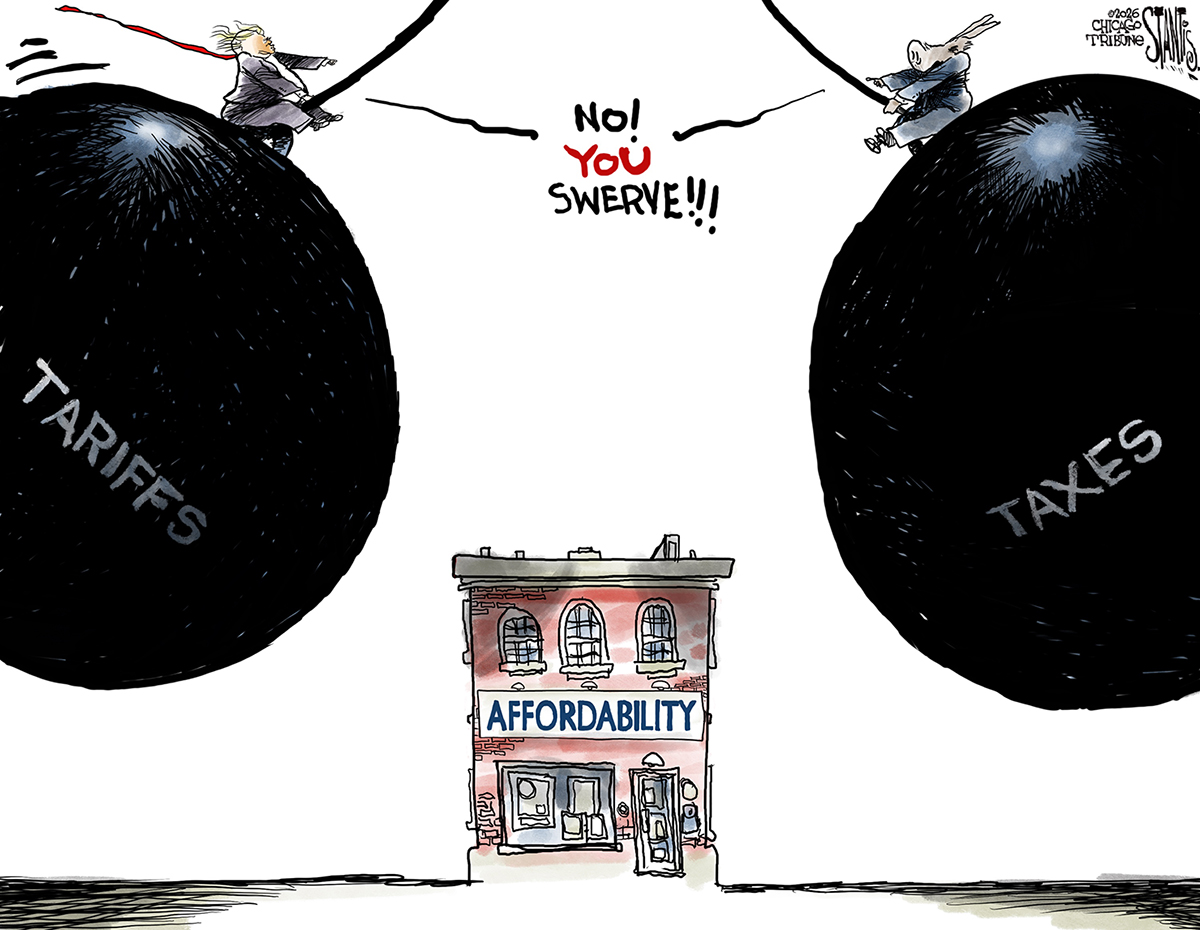In Our Prime: The Invention of Middle Age by Patricia Cohen
Cohen's “thoroughly engaging” book looks into the scientific and social forces that have shaped the idea of middle age, a stage in life that didn't exist until the mid-19th century.
(Scribner, $25)
“There is tremendous fluidity” in what any of us mean when we use the phrase “middle age,” said Christine Sismondo in the Toronto Star. Dictionaries claim that this life phase sets in at 40, but individuals in their 40s and 50s often define it as beginning just a few years beyond their current age. Society’s ideas about this in-between phase have also changed radically over time. As Patricia Cohen notes in her “thoroughly engaging” look into the scientific and social forces that have shaped midlife, the category didn’t even exist in people’s minds until the mid-19th century, when industrialists decided that factory workers’ most productive years ended at 40. Luckily, views of midlife are changing again, says Cohen, thanks in part to a cohort of middle-aged Americans who may be healthier than any generation before them.
It’s nice to learn that we didn’t always “make a blazing fetish of youthfulness,” said Laura Shapiro in The New York Times. Long ago, as Cohen notes, Americans even wore powdered wigs to appear older. But society has been disturbingly open to the idea that maturity is bad ever since an industrial-era decline in family size produced a small army of women who were empty nesters at 50. By the 1920s, women were already using cosmetic surgery to eliminate signs of aging. Men, too, were going to extremes. One popular pre-Viagra fix involved implanting monkey testicles in men who’d lost their verve.
The Week
Escape your echo chamber. Get the facts behind the news, plus analysis from multiple perspectives.

Sign up for The Week's Free Newsletters
From our morning news briefing to a weekly Good News Newsletter, get the best of The Week delivered directly to your inbox.
From our morning news briefing to a weekly Good News Newsletter, get the best of The Week delivered directly to your inbox.
Cohen is a cheerleader for the more sanguine view of midlife that social scientists have embraced in recent decades, said Kay Hymowitz in The Wall Street Journal. She points enthusiastically to recent research disproving the existence of the midlife crisis and promotes the emerging theory of “multiple intelligences” to argue that what midlifers lose in mental agility they perhaps gain in wisdom. Yet when she disparages the industries that prey on our fear of aging, she overlooks the fact that the affluence that makes those industries possible is also “the foundation for the middle age she admires.” If middle-aged Americans are healthier than ever, “they owe it to material progress.”
A free daily email with the biggest news stories of the day – and the best features from TheWeek.com
-
 Political cartoons for January 18
Political cartoons for January 18Cartoons Sunday’s political cartoons include cost of living, endless supply of greed, and more
-
 Exploring ancient forests on three continents
Exploring ancient forests on three continentsThe Week Recommends Reconnecting with historic nature across the world
-
 How oil tankers have been weaponised
How oil tankers have been weaponisedThe Explainer The seizure of a Russian tanker in the Atlantic last week has drawn attention to the country’s clandestine shipping network
-
Also of interest...in picture books for grown-ups
feature How About Never—Is Never Good for You?; The Undertaking of Lily Chen; Meanwhile, in San Francisco; The Portlandia Activity Book
-
Author of the week: Karen Russell
feature Karen Russell could use a rest.
-
The Double Life of Paul de Man by Evelyn Barish
feature Evelyn Barish “has an amazing tale to tell” about the Belgian-born intellectual who enthralled a generation of students and academic colleagues.
-
Book of the week: Flash Boys: A Wall Street Revolt by Michael Lewis
feature Michael Lewis's description of how high-frequency traders use lightning-fast computers to their advantage is “guaranteed to make blood boil.”
-
Also of interest...in creative rebellion
feature A Man Called Destruction; Rebel Music; American Fun; The Scarlet Sisters
-
Author of the week: Susanna Kaysen
feature For a famous memoirist, Susanna Kaysen is highly ambivalent about sharing details about her life.
-
You Must Remember This: Life and Style in Hollywood’s Golden Age by Robert Wagner
feature Robert Wagner “seems to have known anybody who was anybody in Hollywood.”
-
Book of the week: Astoria: John Jacob Astor and Thomas Jefferson’s Lost Pacific Empire by Peter Stark
feature The tale of Astoria’s rise and fall turns out to be “as exciting as anything in American history.”